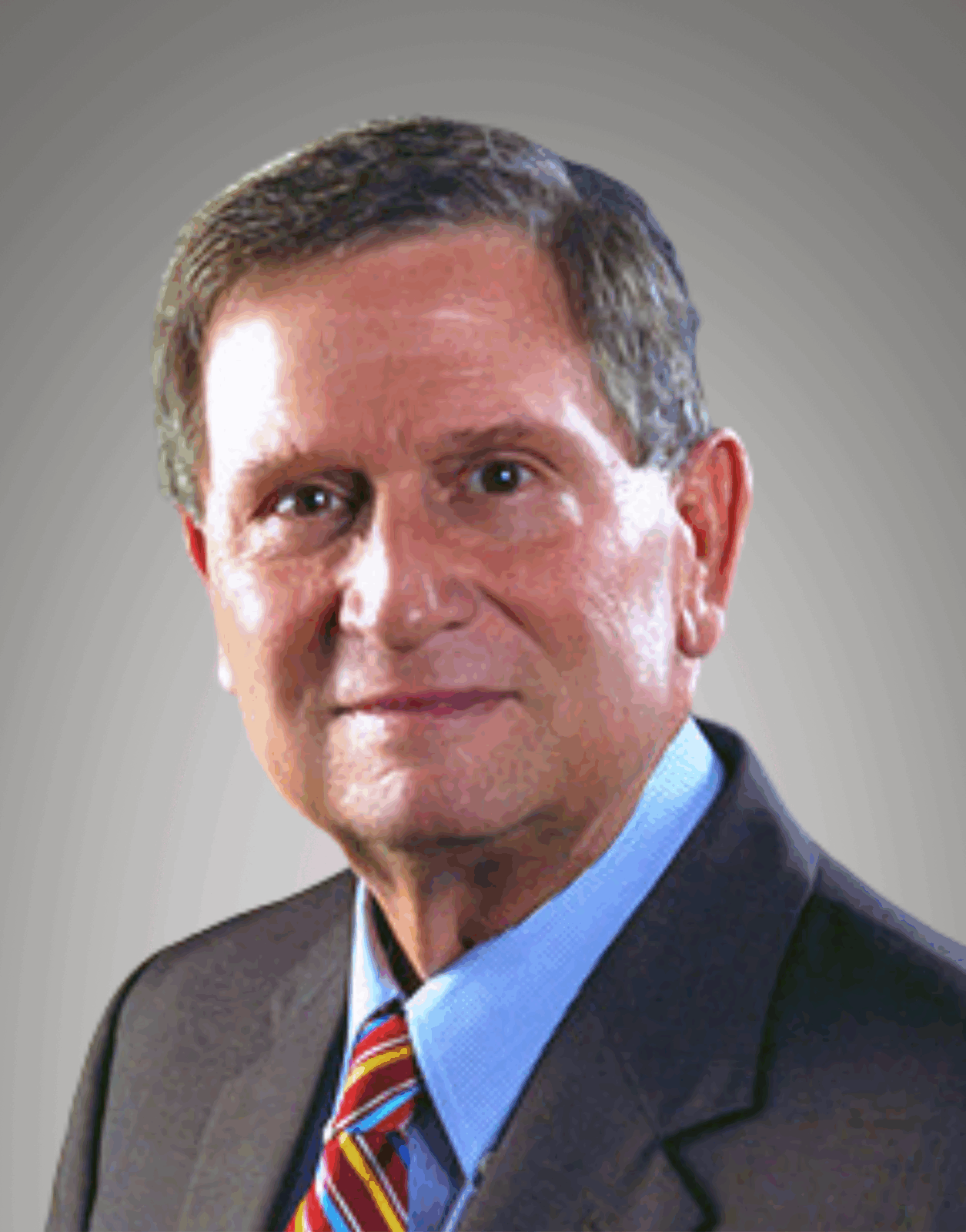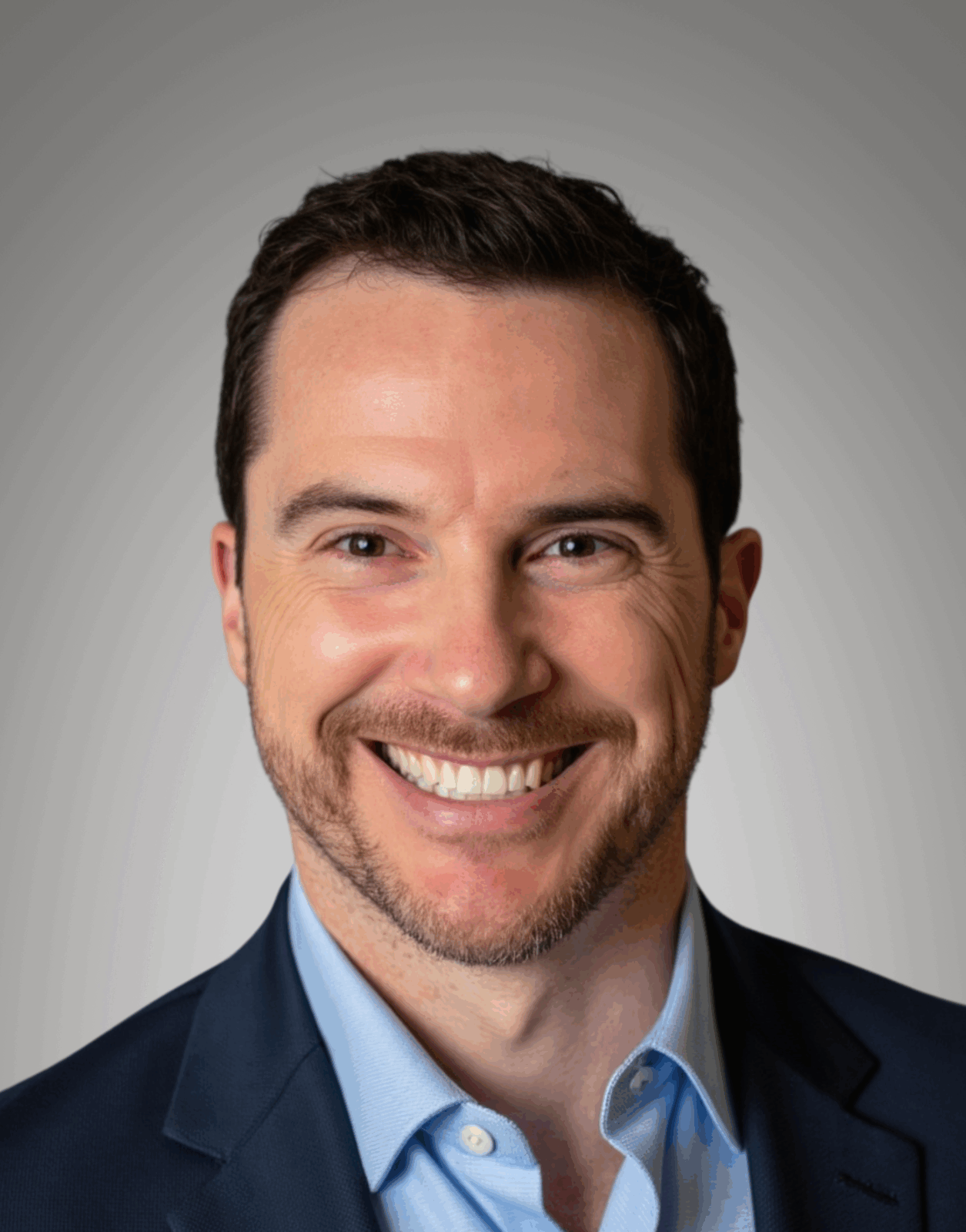
Audit Analysis, Post Pandemic Preparation
Below are Questions and Answers that came up during Audit Analysis, Post Pandemic Preparation webinar conducted by Frank Cohen July 2020. In this webinar, Frank Cohen shows you how to both discover and address audit risks before you get audited. This includes modeling for inpatient (DRG, PCS, HAC, POA, etc.), outpatient (APC, OPPS) and physician services (CPT codes and modifiers).
Questions and Answers
Q: In a CMS transmittal 4/29/2020, I thought I read telephone visits, during the PHE, could be used for established And New patients?
A: Telehealth visits under the waiver can be done for both new and established patients. Telephone (audio only) visits with 99441-99443 are only for established patients.
Q: Are you saying that telephone only visits are to be based on TIME only, and not MDM, or can it be either?
A: The telephone visit codes are strictly based on time for billing purposes. There is not a recognized MDM component, though the documentation should reflect the medical necessity of the service.
Q: This question is for Scott: it was my understanding that some commercial payers are reimbursing E/M visits provided via telephone only. aetna until 8-4, BCBS-TX thru July. Please correct me if I’m wrong. Thank you!
A: Each payer and plan has different rules in place for temporary coverage expansions of audio and audio/video services. Many of these rules are being extended on a rolling basis as the public health emergency continues and that should be monitored with local payers. BC/BS of Texas appears to have the benefit through Aug. 31 presently though that is subject to change.
Q: Regarding the patient consent, what exactly should the patient be consenting to (type of visit, visit will be billed, etc.)?
A: The patient is consenting to receive medical care via telehealth with an audio and video connection. This includes the understanding that it is a medical service that will be billed. The consent is similar to consent for most medical care with the exception that the specific type of visit (telehealth with audio AND interactive video) should be documented..
Q: Can Q3014 be billed with tele EM 99201-99215
A: Q3014 is typically billed by the originating site facility where the patient goes to receive telehealth services. When the patient is receiving these services at home, this would not be billed and shouldn’t be billed with 99201-99215 as it is a facility fee.
Q: Are these rules Medicare-specific? My coding department seems to think they can bill an E/M visit for Audio-only visit for our state Medicaid claims. Thank you
A: These are Medicare specific rules generally in use by most private payers though some state Medicaid agencies may have their own rules.
Q: I believe Medicare is allowing new patient telephone visits 99441-99443
A: These codes are specifically stated as for established patients in the code descriptor.
Q: In regards to time. Should we expect to see a start and stop time or the total time of the visit. Thank you! this was an awesome presentation
A: The total service time is sufficient though a start and stop time may also be documented.
Q: Is there risk to include time in every audio and video note even when the level of service is not selected based on time?
A: There is no risk to this. The code selection should ultimately be whatever is more favorable to the provider (i.e., a 15 minute service that meets the medical necessity requirement of 99214 can be billed as such).
Q: Will the waivers and new guidelines remain in place after August 3, 2020? It sounds like this is simply the date review audits will begin again.
A: The waivers will remain in place until the end of the Public Health Emergency as determined by CMS/HHS. This deadline has been extended on a rolling basis and will continue past August 3.
Q: We have been really wanting clarification to if a attending can supervise a resident to do procedures (minor and/or major) by audio/video. There were changes made in the 2nd interim final ruling, but they did not define what could be done. Is it anything? thank you
A: There are specific services that may not be supervised remotely. CMS defines as high risk, surgical, interventional, complex, endoscopic and anesthesia.
Q: We have been really wanting clarification to if a attending can supervise a resident to do procedures (minor and/or major) by audio/video. There were changes made in the 2nd interim final ruling, but they did not define what could be done. Is it anything? thank you
A: There are specific services that may not be supervised remotely. CMS defines as high risk, surgical, interventional, complex, endoscopic and anesthesia.
Q: What are outpatient pain management issues you see please?
A: For telehealth there are not issues unique to telehealth that we currently see other than challenges with the musculoskeletal exam as the patient cannot be touched. Many of these follow ups are being coded based on time.
Work on real issues right away…
CRA creates an audit plan of the top five critical risk issues for each provider reporting a moderate to high risk. Rather than using your limited resources to search for potential risk issues by conducting initial probe audits, direct them to validating real risk. Our audit action plan is based on a statistical review of 100% of your claims — something that is virtually impossible any other way.
Receive a free demo using YOUR data?
CRA was developed by The Frank Cohen Group, a division of DoctorsManagement.





